History Of Comics, Movie Review
From Comics to Movies
by Joshua H. Stulman
I’ve noticed that I’ve been writing a number of movie reviews lately. I suppose with the regularity of comic movies it seems so natural. In many ways movies give the superhero story in epic nature all in two hours or so, and it makes it that much easier to have access to a complete story in one sitting.
Growing up in the ‘80’s and ‘90’s, the comic medium flourished and comic talk focused on the art and story-arcs. The average storyline would last about three months, which left plenty of time to speculate on the plots and finales. When a comic movie came out it was a huge deal. The film was usually supported by comic adaptions, toys, and a cartoon series to keep momentum going. Nowadays it seems a comic movie comes out almost every month. And the quality of movies with great actors, soundtrack, and special effects has broadened the niche into a genre.
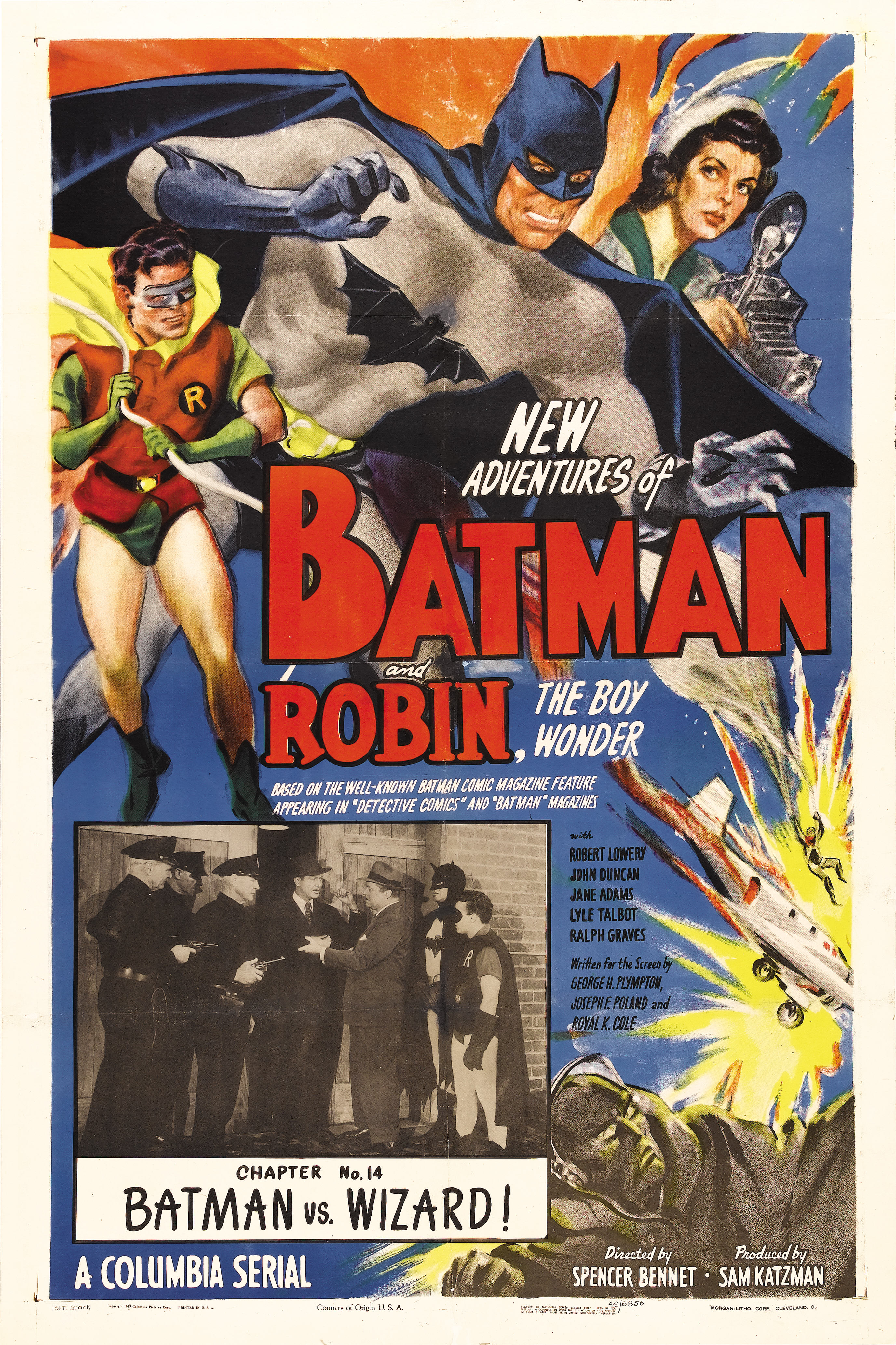
But truthfully, wasn’t this always the end goal? Ever since the inception of the industry in the 1930’s, comics have always been a cheap form of entertainment that could be easily purchased by children. 1940’s comics really have your money’s worth too. A Batman comic could have two or three Batman stories, a detective or Sci-Fi story, a text story, and a funny animal or humor story. 64 pages were the standard back then. The same could be said for a movie, which had a serial, a cartoon, and a newsreel all before the main feature. In fact movies had a major impact on early comics.
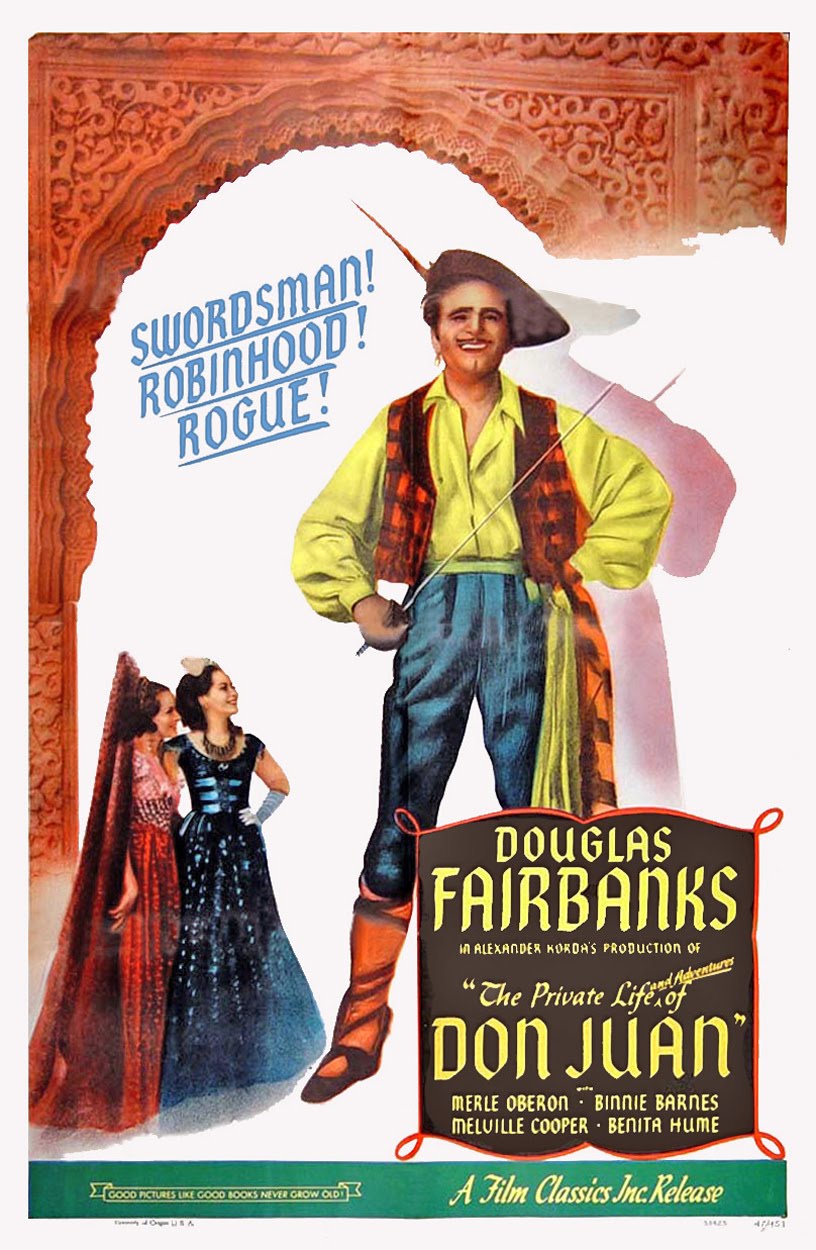
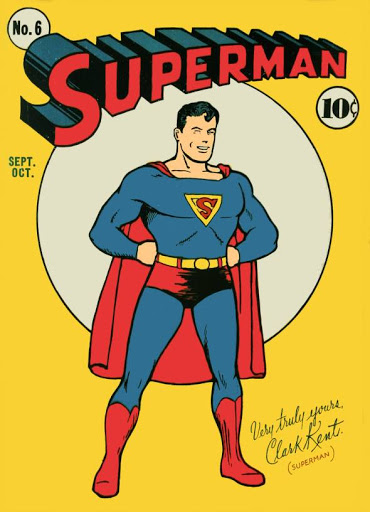
Comic book characters were often influenced by popular films like Dracula and Zorro, i.e. Batman. Actors like Douglas Fairbanks were the visual model for heroes like Superman. Early comic legends like Will Eisner, Bob Kane, and Jack Kirby spoke of comics as “movies in print” and that’s how these creators thought of themselves. Today, artists that began working in comics have become great story-boarders and even film directors.
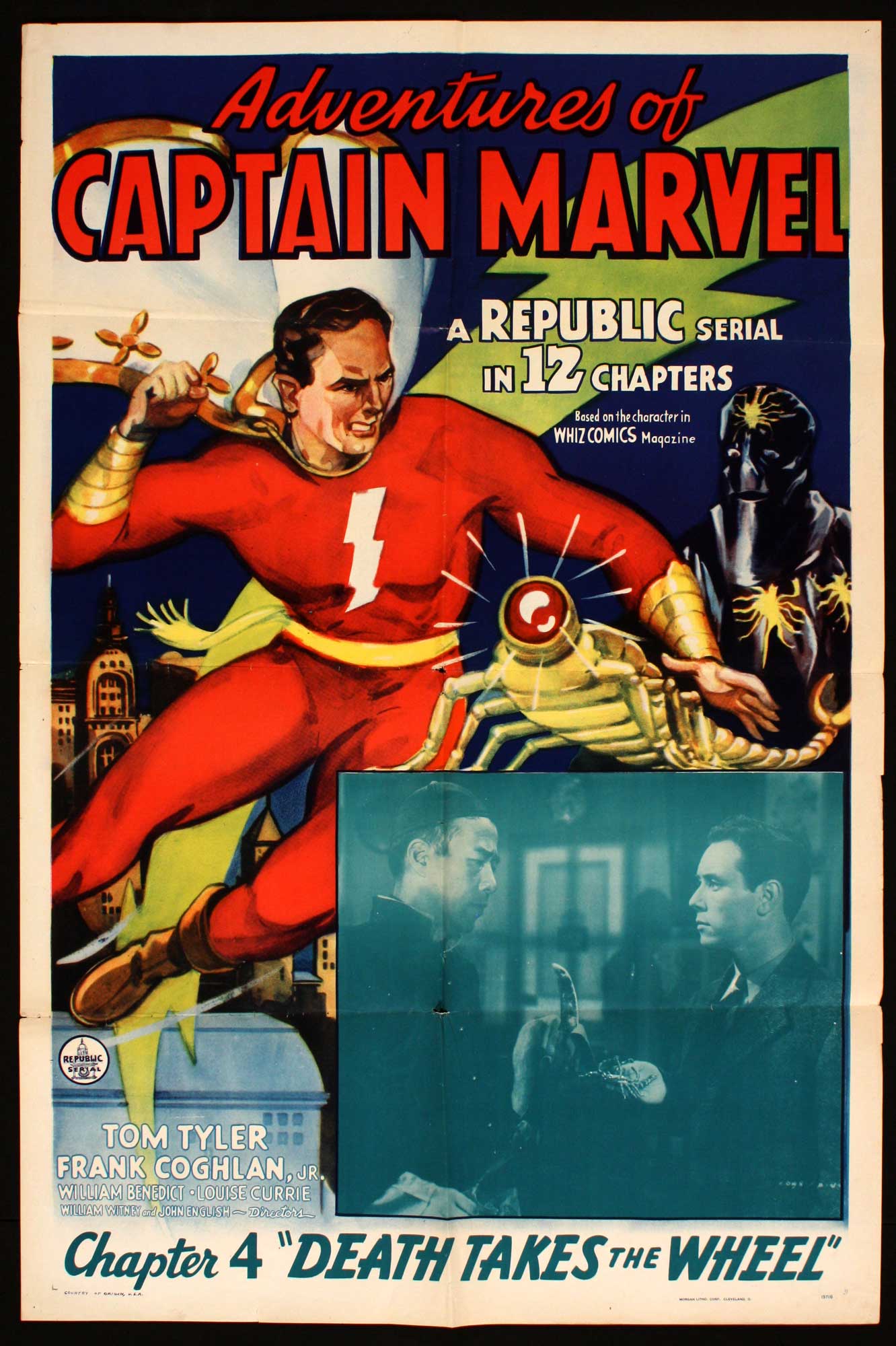
While there were live action interpretations of comic characters early on in comics (Captain Marvel, Batman, Captain America) as well as popular radio programs like Superman and the Shadow, these were mainly cheap B level serials aimed at children. It wasn’t until the first generation of comic readers grew up that the comic industry began to expand.
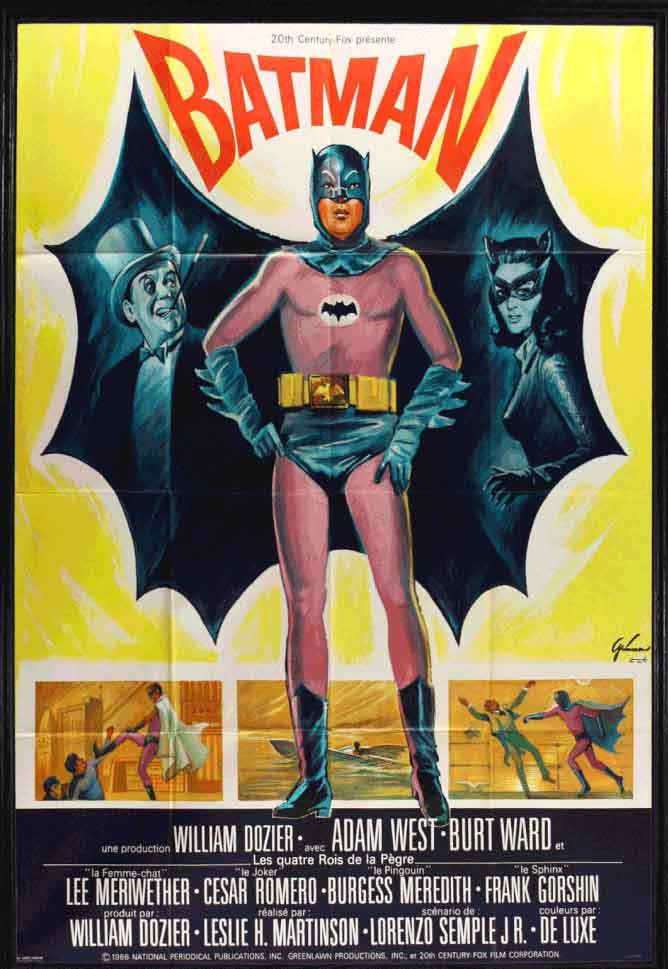
First as humor, the 1966 Batman tv show did much to grow the comic book audience to include parents along with children. The Batman 1966 series featured top comedic talent like Milton Berle, Frank Gorshin, John Astin. The show aired during prime time to cater to the family audience. It was politically relevant as well, featuring African-American singer Eartha Kitt as Catwoman.
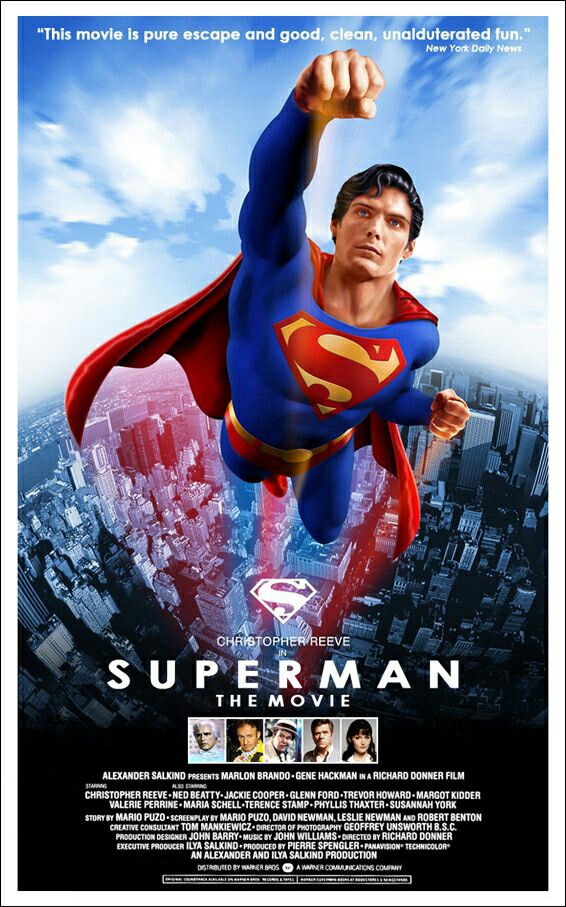
The potential for comics as something more than a publication was recognized by Warner Brothers with the acquisition of D.C. Comics in the 1970s. The feature film industry was rocked by George Lucas’s Star Wars and Warner Brothers quickly followed it with Richard Donner’s Superman. Donner’s Superman was written by Godfather author, Mario Puzo, who layered the character with a wholesome but mature outlook. Comic legend Jim Steranko recognized the changing trend when he altered his comic news magazine, Comixscene, to Mediascene and began extending coverage to films.
By this time two generations of comic readers had grown up. They saw the value in collecting the nostalgia stories of their youth. In turn, investors began to see big money in the comic industry. In the late 1980’s, auction houses achieved record prices based on speculators driving the price of key issues. But it was the success of Teenage Mutant Ninja Turtles that changed the comic industry in a major way.
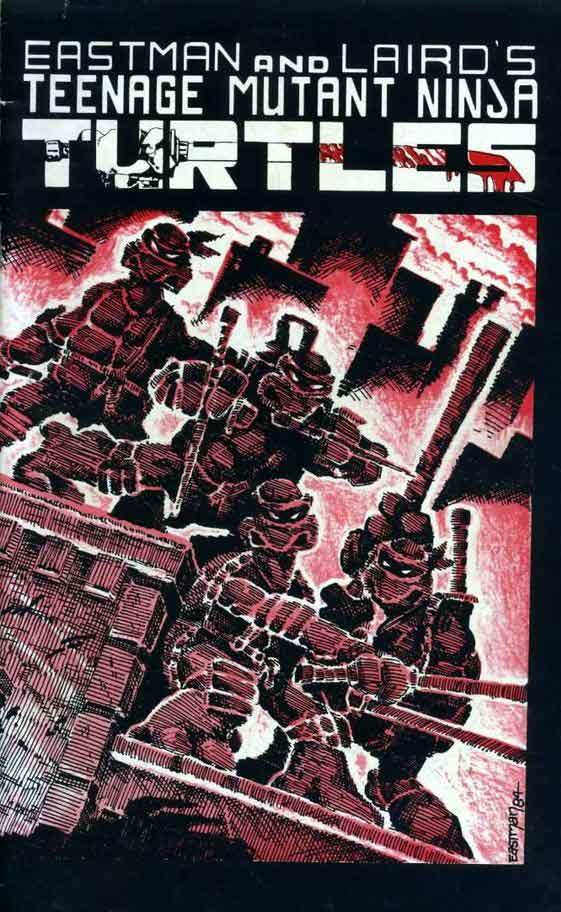
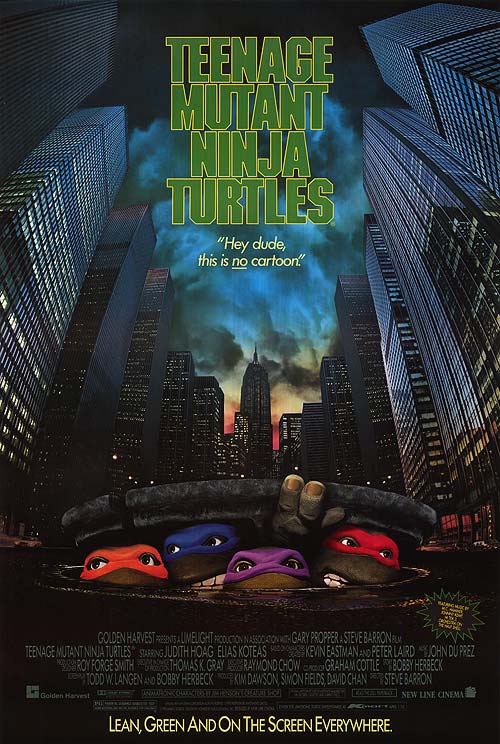
Created by Kevin Eastman and Peter Laird as a spoof on hot trends in comics (I.e manga, X-Men, Teen Titans and Frank Miller), TMNT went from a small print comic, to cartoon, to movie and expansive toy line, all in a matter of six years. Investors took notice once more and began to build on the 1990’s comic boom with new independent comic companies popping up overnight.
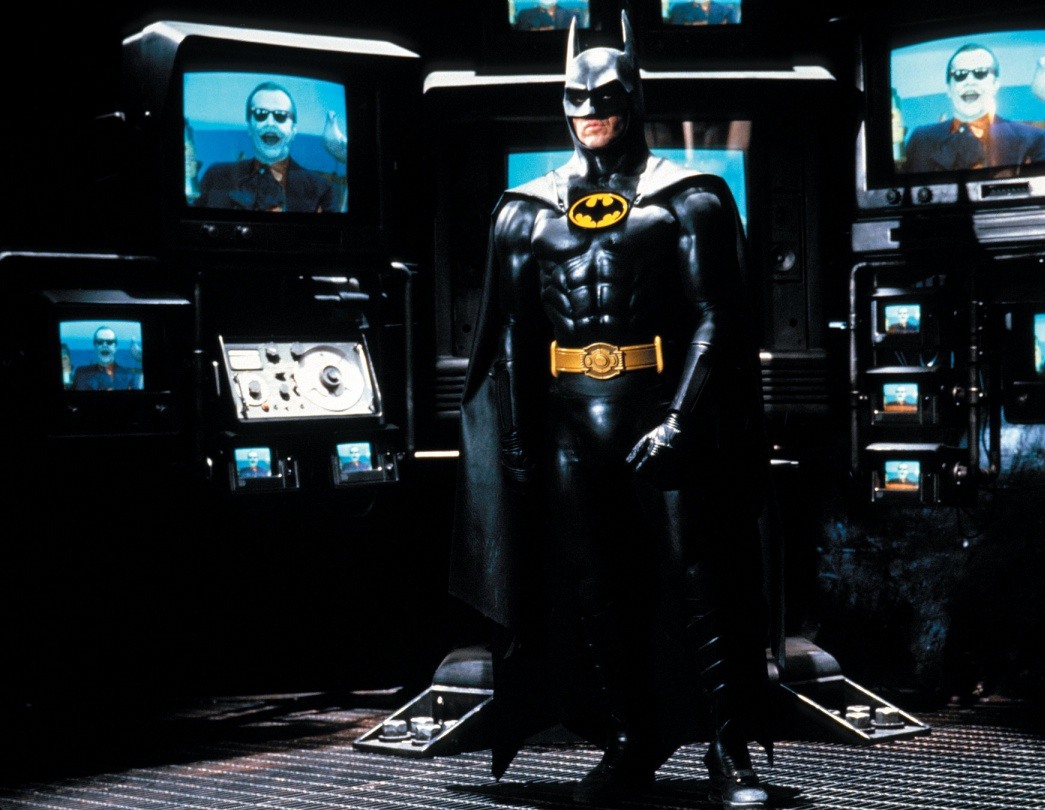
Perhaps the most significant event to transition the comic industry to feature films were the financially astonishing Batman franchise. Once written off as B level camp, Tim Burton paved the way with a dark noirish version of Batman inspired by a mix of the original stories and the 1970’s comic revival. The Bat franchise continued with a similarly darker award winning animated show and mega toy merchandising effort that lasted for over a decade in its initial run.
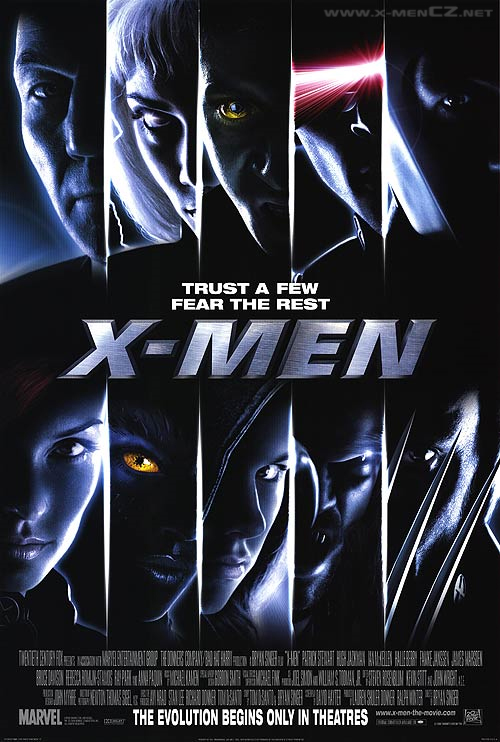
The Batmania of the 90’s paved the way for both X-Men and Spider-Man franchises to flourish along with the Star Wars revival that permanently established science fiction superheroes as a true film genre. As of late what serious actor doesn’t want to be involved with comic based movies? The list contains actors like Robert Redford, Anthony Hopkins, Glen Close, Michael Caine, and Sean Connery to name a few. Unfortunately, as great as this is for fans of the superhero genre, the comic industry itself is seeing a massive change. Where comics sought to mimic cinema, nearly 75 years later movies now follow comics. This means that mainstream comics are being pushed to organize around hyper-extended story arcs and year long events that test the market for a larger investment in film. The focus is quickly shifting from reading to watching as many new fans discover the world of superheroes through video games and animated series or films.
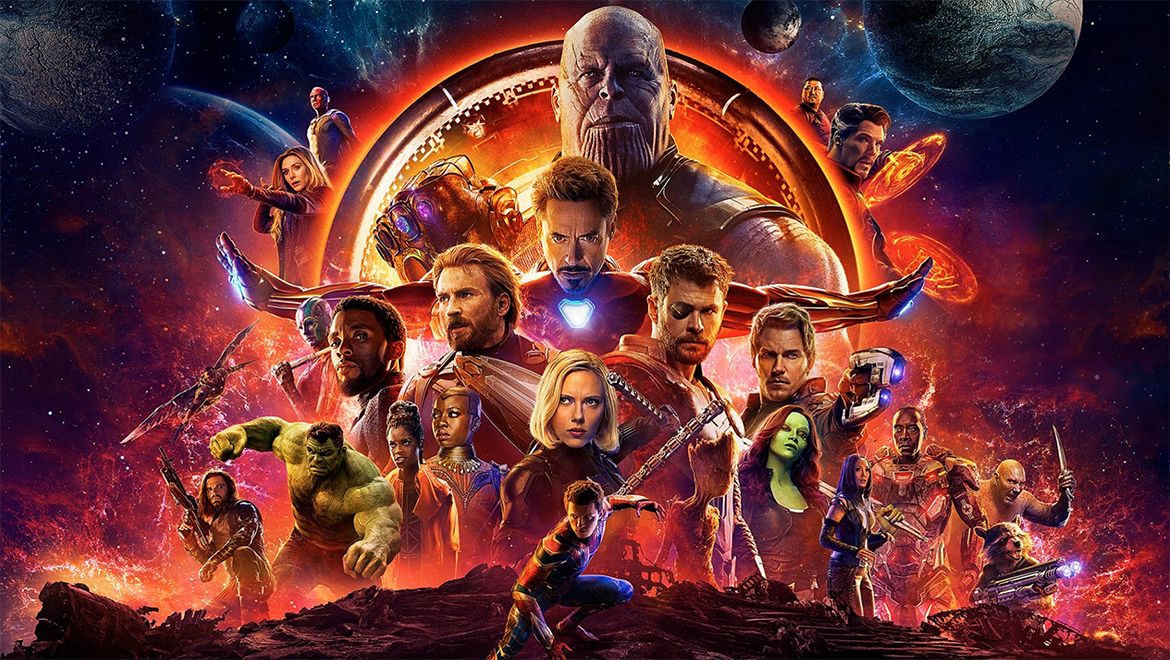
So here we are, an industry built on “sticky dimes” is now a multi-billion dollar juggernaught. Alot of people have predicted the end of the printed comic. However comics are still the cheapest way to get an entertainment concept out there. As an art form, nothing compares like holding the actual book in your hand. Critics say the medium is a one-way street to film – but that’s not true!
Comic books are still literature. They can be layered in ways film cannot. If creators continue to focus on unique storytelling they will continue to broaden the medium for the next generation of readers. This may become more and more difficult with the two largest comic companies now owned by movie studios. It will be hard for them to not just see the comic medium as a test market ground for box office cash.
Joshua H. Stulman
Owner, www.BrooklynComicShop.com

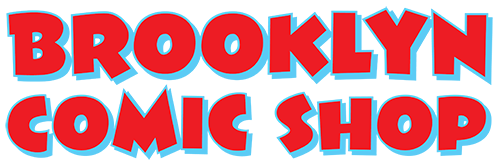
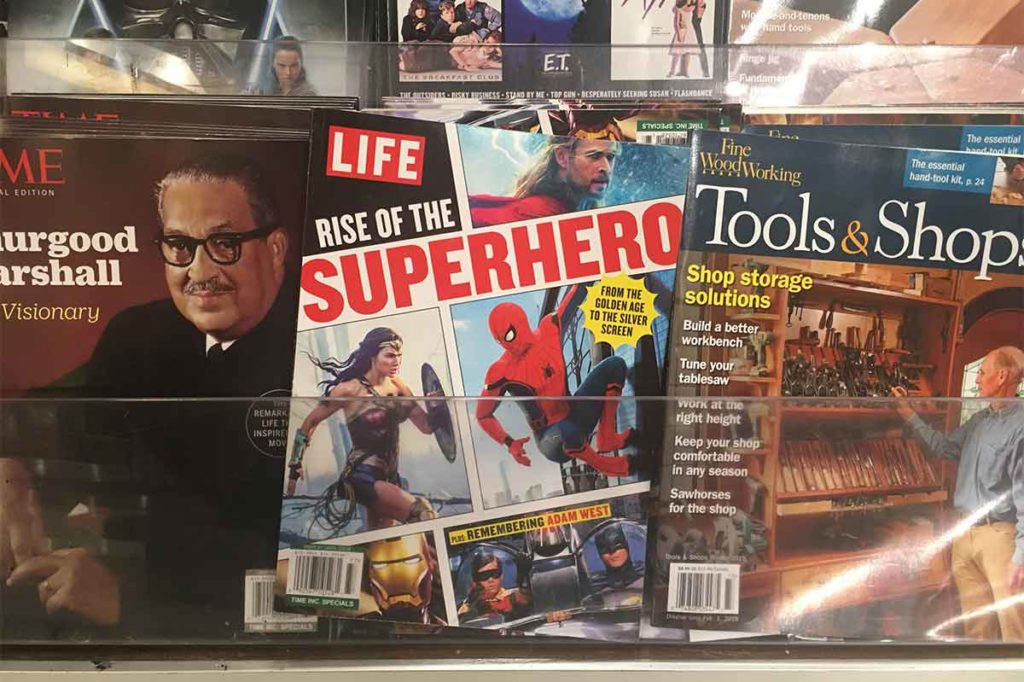








Leave a reply